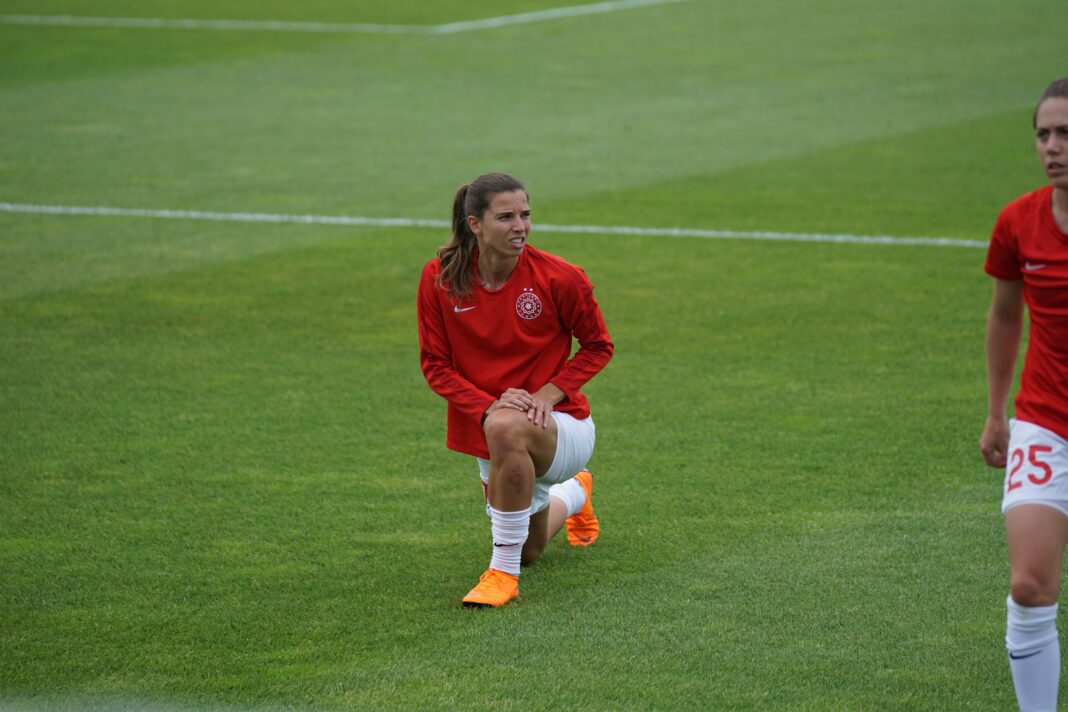Summary
“Due to the high physical demands of competition, the warm-up is especially relevant since it can influence sports performance and reduce the risk of injury… With regard to the duration of warm-ups in soccer, previous studies have used warm-ups with different durations ranging from 5 min to 35 min. It has been shown that a proper warm-up should prepare the muscles to perform the physical exertion in competition causing the least possible fatigue and that its minimum duration should be approximately 10 min for players to obtain the greatest possible benefit.” (Yanci, 2017)
Additionally, the British Journal of Sports Medicine provides an insightful note about fluid intake during performance that will ultimately relate back to warm ups. “It is questionable whether excessive fluid intake (FL) is of value to performance when the time course to make water physiologically useful following ingestion, gastric emptying, intestinal absorption and changes in osmotic flow could be between 40 and 60 min.” (Edwards, 2007)
Analysis
The focus of my project has been narrowed down to hydration intervention or dehydration prevention, specifically before the match. Since it takes an hour for the body’s system to properly digest and rehydrate, post fluid intake, there may not be much of a solution during in-game scenarios. However, if a solution were to be developed that allowed for hydration during the warm up period, it would take effect as the match was beginning. This is supported by the average Soccer teams typically performing warm-ups that lasts approximately 20-25 min.
Sources
Yanci, Javier et al. “Influence of warm-up duration on perceived exertion and subsequent physical performance of soccer players.” Biology of sport vol. 36,2 (2019): 125-131. doi:10.5114/biolsport.2019.81114
Edwards, Andrew M et al. “Influence of moderate dehydration on soccer performance: physiological responses to 45 min of outdoor match-play and the immediate subsequent performance of sport-specific and mental concentration tests.” British journal of sports medicine vol. 41,6 (2007): 385-91. doi:10.1136/bjsm.2006.033860




